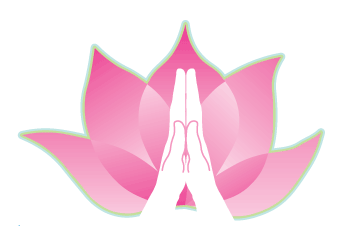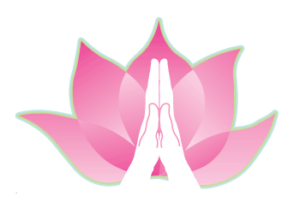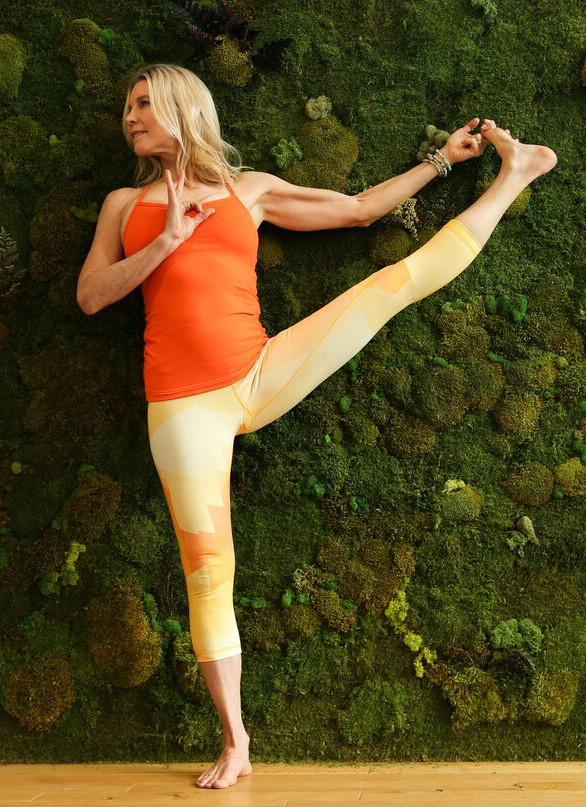
The ABC’s of Teaching Yoga
An Effective Teaching Practice is as Easy as A-B-C
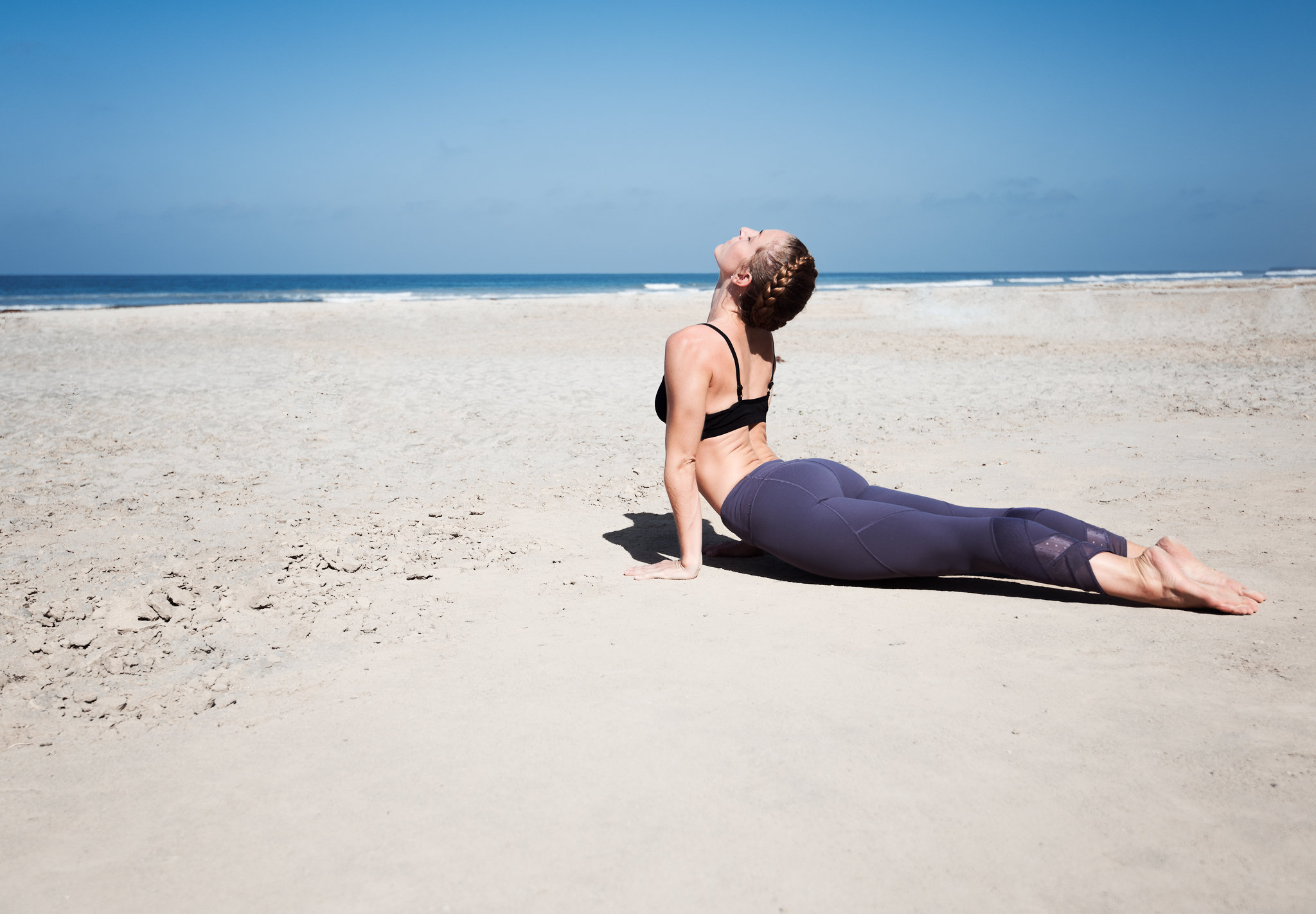
A is for Alignment and Awareness:
Align The 3 Platforms of the Body:
Yoga Alignment is both intuitive and subtle, as well as intelligent and physical. Let’s take a look at the physical alignment principles, as most teachers will be guiding students through physical Asana.
The three platforms must be in proper alignment in order to have a safe and injury free practice over time. Many people get away with doing postures out of proper alignment for a long time- but then they pay for it with bad knees, achy backs and stiff necks! Alignment is as much about prevention of injury as it is about having an effective practice here and now.
As you guide your students through Asana, cue your students to Align–>Stabilize–>Elongate through the three platforms of the body. Tip: Start with the foundation! Always cue your students through postures from the bottom, up. (Meaning in inverted postures, you’ll begin with the neck and shoulders!)
Tadasana is a great posture for your students to examine their alignment at the beginning of class. It also serves as a good check-point throughout practice to see how things may have shifted.
Align the feet and ankles. Properly aligned feet and ankles will protect the knees from torquing, over-extending, or folding in an undesirable way.
Align the hips. This will guard the low back, and subsequently the rest of the lumbar and thoracic spine.
Align the shoulders. Shoulders in good alignment will protect the neck and cervical spine from injury.
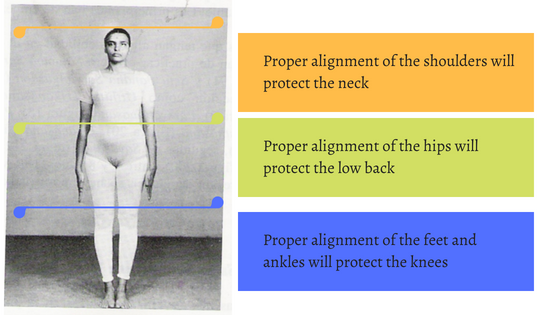
It’s Not Yoga Without Awareness:
Awareness is truly what makes yoga Yoga. Without the element of focused awareness, yoga can easily become a glorified calisthenics practice. Here are some methods of inviting your students’ minds to tune-in to their bodies and tune-out what is not serving their practice. Tip: Do these exercises in the very beginning of class. Make it a priority to move awareness from the external to the internal.
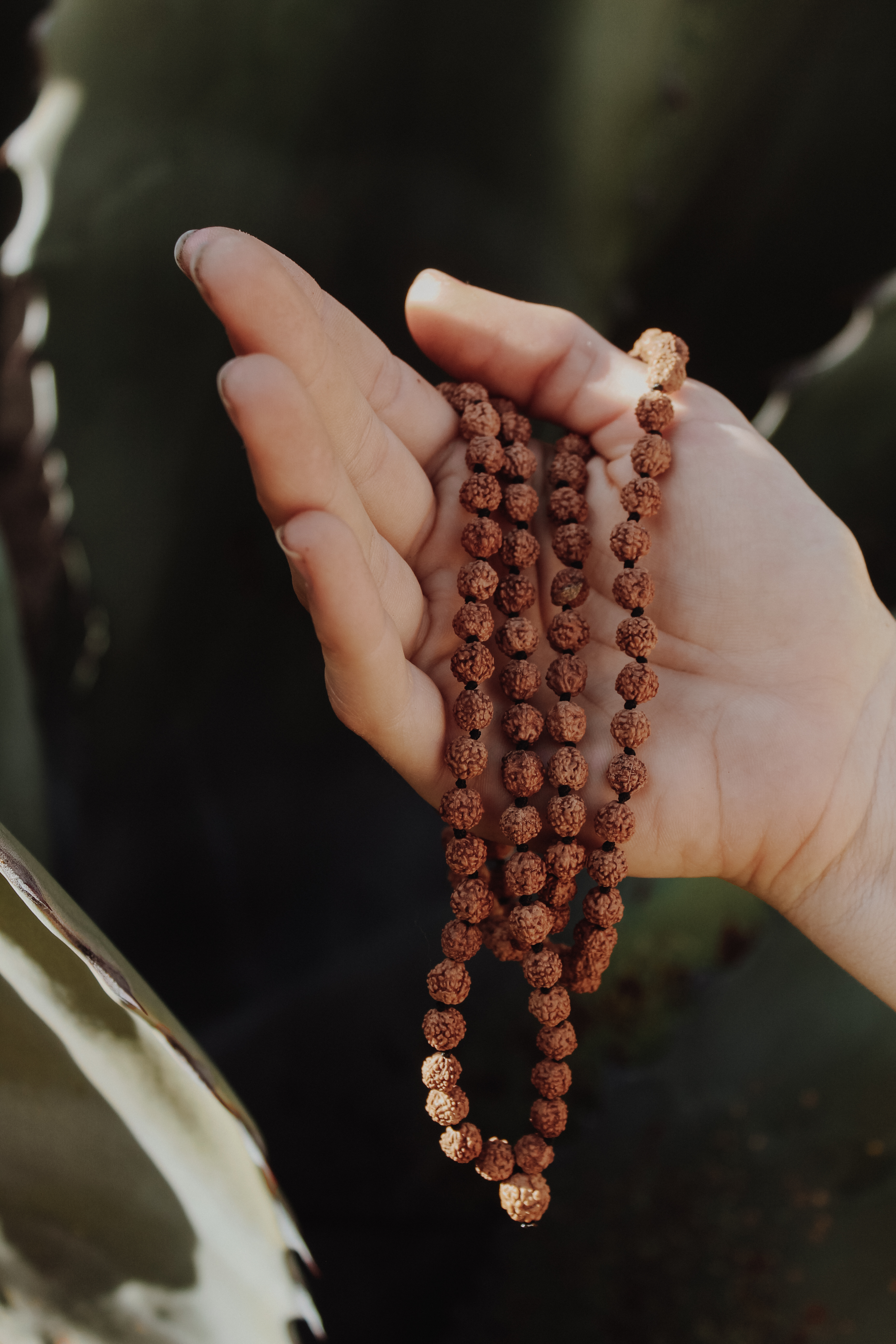
- Simple Guided Mindfulness: Sometimes busy minds are in need of shepherding. Create a channel for your students’ minds to flow with ease. This can be done through mindfulness of body (moving from head to toe), mindfulness of breath, or even a more creative visualization.
- Deep Breathing: Never underestimate the power of a few deep breaths to calm the mind and reel in focus. The Nadi-Shodhana Breath is very balancing and calming, as is a simple 4-count in and out breath.
- Just Sit: This can be challenging for some… But, the fruits of the practice are plentiful once the practice becomes established. Take the first five minutes of class just to sit comfortably in stillness with your students. It will benefit your students, and you!
One of my favorite ways to establish focus in my classes is with the recitation of Mantra. A Mantra is simply a repeated word, phrase, statement, or sound that can be voiced aloud or internally. The process of repetition provides focus, plasticity, adaptability and concentration to the mind; just as asana does for the body. I usually do this with my classes in a call-and-response method, in which I say a line of a chosen mantra (or chant) and the class repeats it back aloud. In my personal practice, I have found the use of a Meditation Mala to be very helpful in my awareness/meditation practice. You can find Meditation Malas in my shop HERE.
B is for Breath and Balance:
Breath Is The Best Barometer:
This is the constant thread of the practice. The breath is always, always, always available as an object of awareness. In every posture, from simple sitting meditation to the most complex twist or balance, the breath is there and willing to guide you deeper into awareness. Try it now! Close your eyes and try to follow your breath for three in-and-out cycles. You may be surprised how tempting it is to get off track- just do your best to keep coming back- it will always be there for you.
Teaching your students to be aware of their breath is essential. It is their best gauge in knowing if they are “pushing it” beyond a safe limit, or if they are slacking off when they should be “up-ing the ammo”. Tip: Offer reminders throughout practice for your students to check-in with their breath. Sometimes a suggestion to be aware is all a student needs. If students need more encouragement, up your own use of breath- exaggerate the sound of the Ujjayi Breath as you flow through Asana with the class.
Always do your best to cue every gross movement with breath. (Example: “Inhale, lift your arms overhead. Exhale, draw your low ribs in and extend your tailbone towards your heels.”)
Balance Is Key:
Yoga Sutra 2:46 states, Sthira Sukha Asanam. This can be translated into Each posture should be done with a balance of both effort and ease. This idea can be applied to each posture, as well as the trajectory for a full class.
Teach in a way that creates balance for your students by cuing postures sequentially. Reinforce the foundation of each pose before encouraging more challenge in complex postures. Even in a “challenge class” or “power yoga” class, you can offer a full warm up and cool down, so students feel both energized and relaxed at the end.
While many students are eager to fit themselves into the “perfect yoga body”, remind them that they are right where they are supposed to be. Encourage stability before flexibility, and tailor postures to fit the needs and balance the imbalances of the practitioners in your class.
Another Note on Balance: It is absolutely essential that, as a teacher, you are balanced in your own practice. Many teachers jump head-first into a heavy teaching schedule, leaving no time for their own practice. This leads quickly to burn out… and your students feel that! Make sure you are taking care of yourself, and doing your own practice diligently.
C is for Coordination and Connection:
The Art of Coordination:
Sometimes yoga can feel like a full-on body teaser, akin to rubbing your belly while patting your head! You know… you’re trying to balance on one foot, draw in Mula Bandha, focus your eyes, and breathe– all at the same time! Many students can feel overwhelmed by the complexity of it all. Remember that their coordination is being guided by yours.
As a teacher, learn to listen to your students’ subtle body language. Notice if they are hearing each cue you offer, and implementing them, before you move on to the next. Tip: Give Universal/General instructions prior to specifics. Gross motor movements should come before the fine-tuned energetics of each pose.
Always give your students enough time to integrate what you’ve said before moving on. It may take time before you, as a teacher, feel confident in your art of coordination- especially if you are teaching all-level classes. Overtime you will learn to read the room and coordinate your classes to fit the needs of those in front of you.
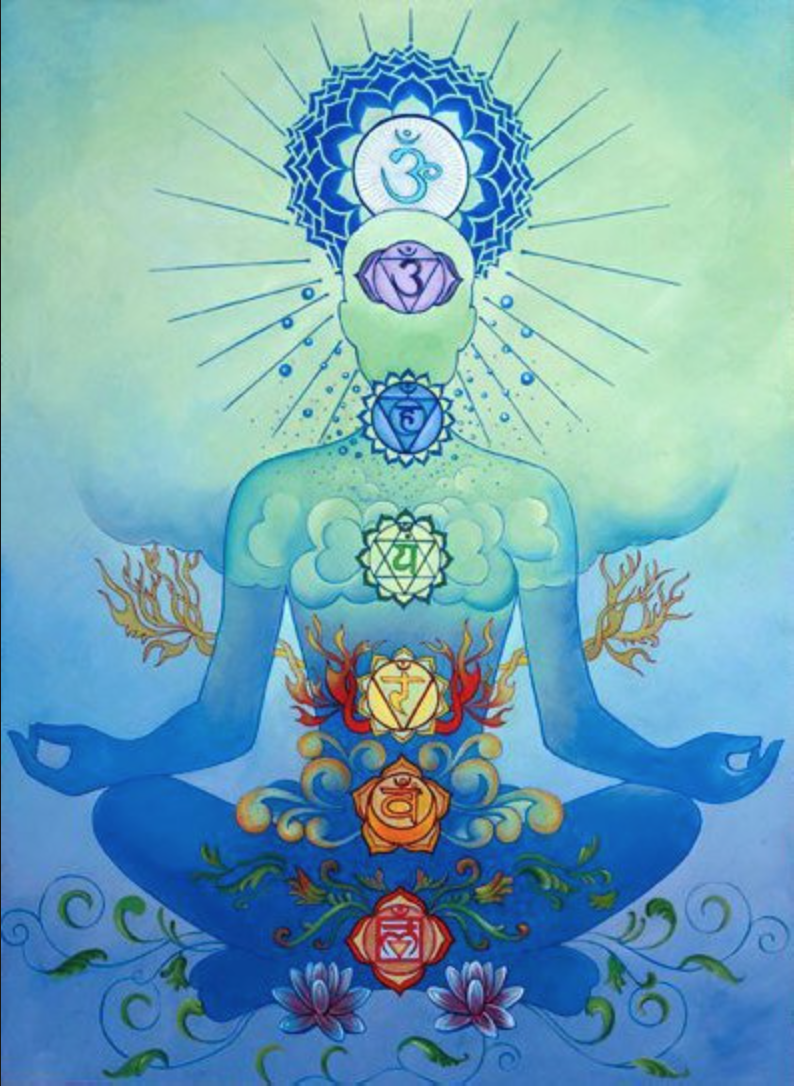 Connection, Inner and Outer:
Connection, Inner and Outer:
As a yoga guide, you are helping your students find their own inner-connection. But it is not just your words and suggestions that they will listen to. Your own inner-connection becomes evident as you share with a group, as you speak aloud, and as you demonstrate postures.
Strive to deepen your own connection to your light within. Your personal practice becomes your teaching practice. In diving in deep to your own inner-space, you are subconsciously giving permission to your students to do the same. Tip: Share Your Energy and Authenticity. Students want to learn from you. Connect to your true voice.
Making an “outer” connection with your students can also help to transform their practice. Let your students feel fully seen and supported by making eye contact and personalizing cues when appropriate. Always make sure you are visible to your class, as many students are visual learners. Mirror your students if possible, so you remain face-to-face with the group.
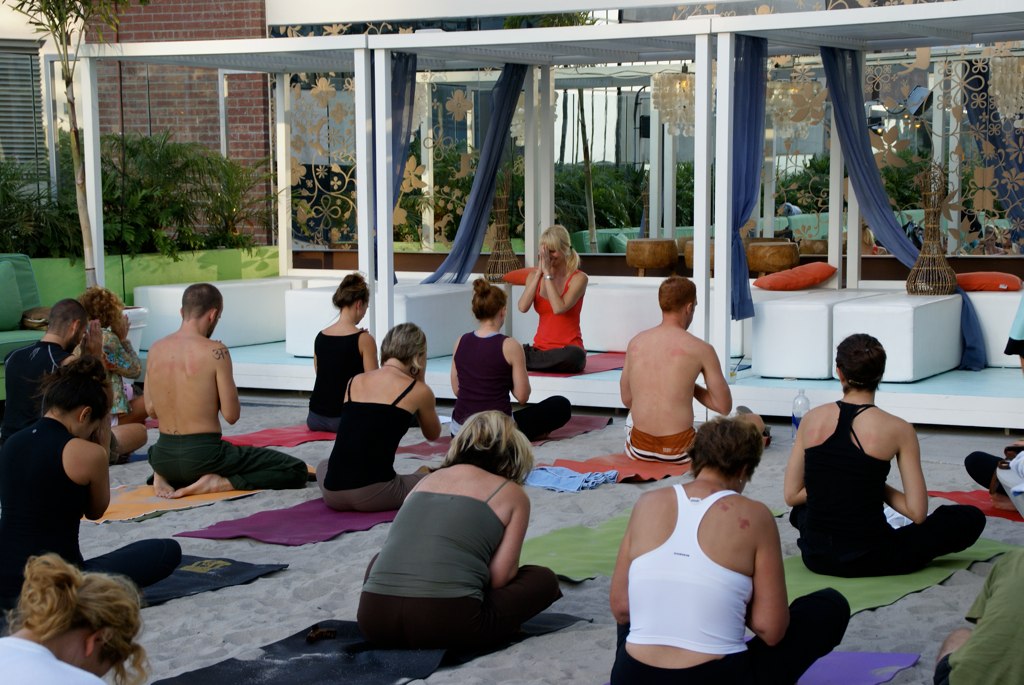
Beyond The ABC’s….
A little bonus for those of you who are ready to take your teaching practice all the way to Z… Because the true art of teaching is more than mastering a few skills. It takes an honest commitment to the practice, willingness to evolve, and the ability to listen to the needs of your students. To effectively transmit the embodied teachings of yoga, practice being a teacher, not just an instructor.
Instructor VS. Teacher
Instructor: Passes on knowledge usually in a scripted manner, similar to reading from a curriculum, and may not have true understanding of what or why. They likely think, “this is how I was taught to do it,” without questioning.
Teacher: Understands the how and why behind the material, and presents material to meet students where they’re at. They modify their teaching to address different learning styles, and to engage every student. Material is never passed on without knowing why – for safety, for tradition, for challenge and self-growth, etc.
Bonus Material!
In Application:
Included here is an example Asana Sequence to show how the ABC’s can be directly implemented into the flow of a class:
Begin in Tadasana: grounds students in alignment and awareness from the foundation
Open with Breath + Chanting: bring the body and mind away from the external and into the internal
Ardha Surya Namaskar: build up in repetition, with emphasis onalignment and breathv
Flow through Dynamic Asanas: warm up thes and educate areas of the body that will be opening more deeply as class progresses
Surya Namaskar with Variations: add a twist/get creative, building up from simple to complex
Virabhadrasana-2 (Warrior 2): flow with externally rotated standing poses to open the hips and build strength in balance
Prasarita Padotanasana (Wide-Legged Forward Fold): bridge between right and left, elongate the muscles that have been strengthening and engaging
Ardha Chandrasana (Half Moon): Cue with other options (use of props or different posture for less advanced students) with an emphasis on coordination
Garudasana (Eagle’s Pose): Move from simple to complex, with optional use of props
Svarga Dvijasana (Bird of Paradise): Continue to challenge coordination and balance
Bakasana (Crow Pose): Give options to keep the class connected and not lose the flow of the practice. Note: Know if you are turning it into a “workshop” or regular class on the schedule. There’s a difference…
Backbends: simple to complex. Be inclusive!
Seated and supine poses: restore the body and calm the nervous system before savasana
Full Savasana: Encourage your students to completely let go, and give into the deep rest they have been working towards all practice
Closing: One of the best times to deepen connection to the practice and to something bigger than the self.
Definitions from Oxford English Dictionary:
Alignment: Arrangement in a straight line, or in correct or appropriate relative positions.
Awareness: Knowledge or perception.
Breath: An inhalation or exhalation of air from the lungs.
Balance: An even distribution of weight enabling someone or something to remain upright and steady. Stability of one’s mind or feelings.
Coordination: The ability to use different parts of the body together smoothly and efficiently.
Connection: A relationship in which a person, thing, or idea is linked or associated with something else.
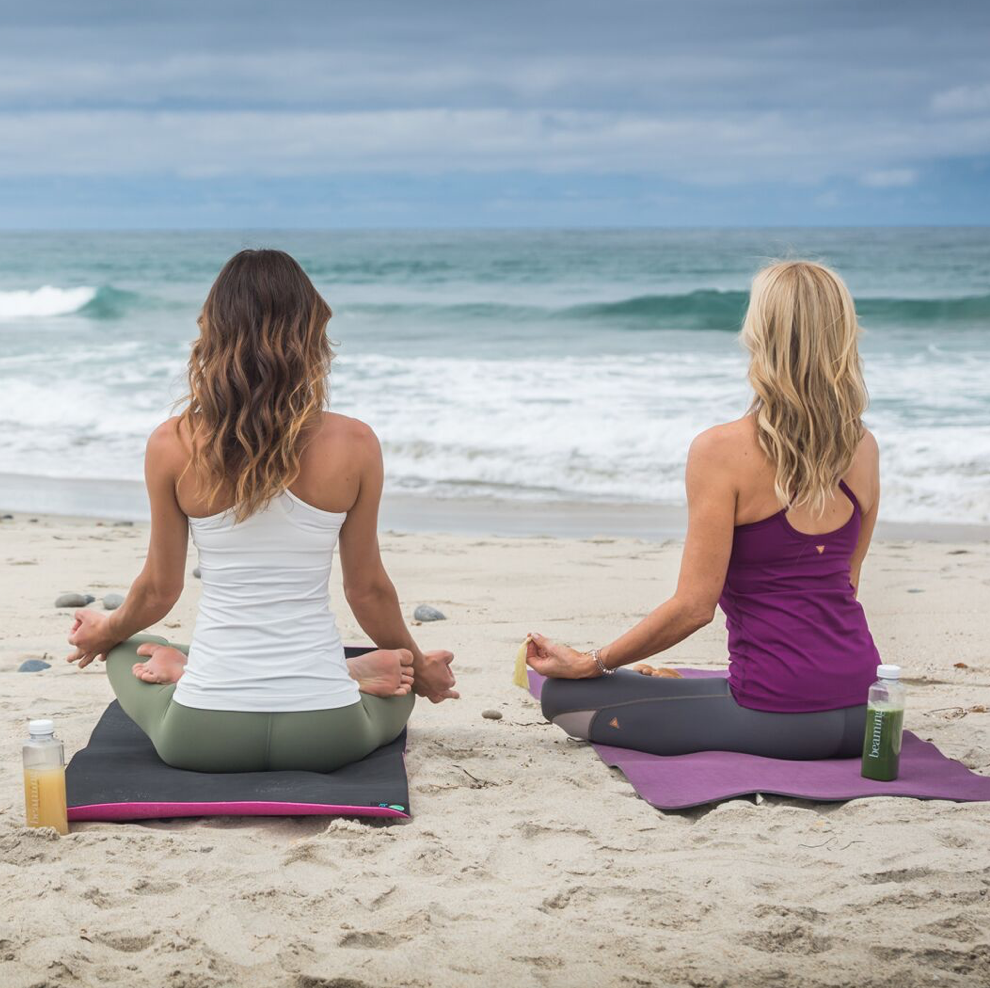

all rights reserved www.YogaNamaStacy.com
